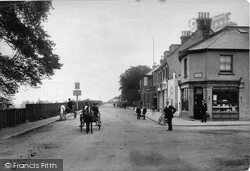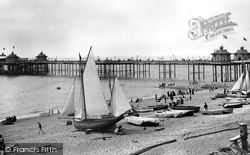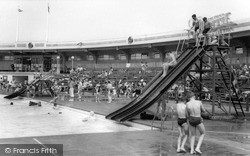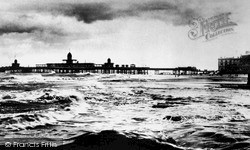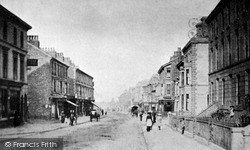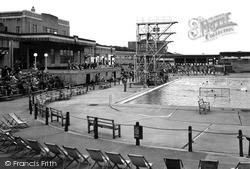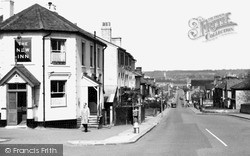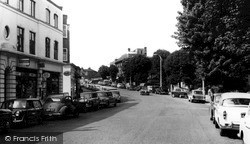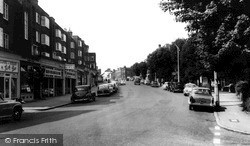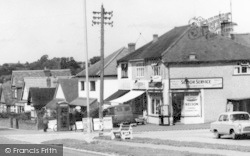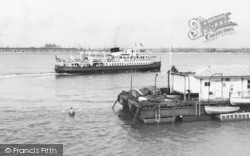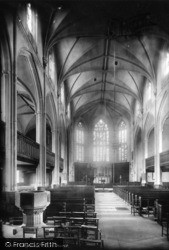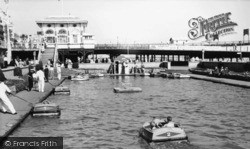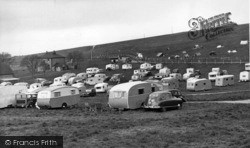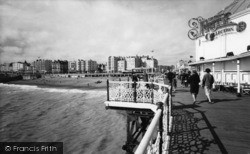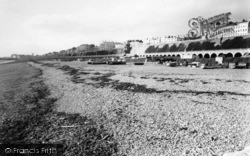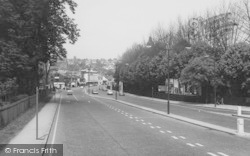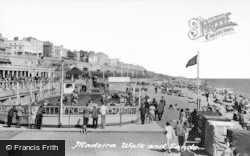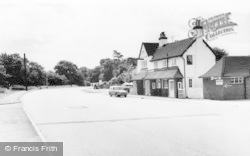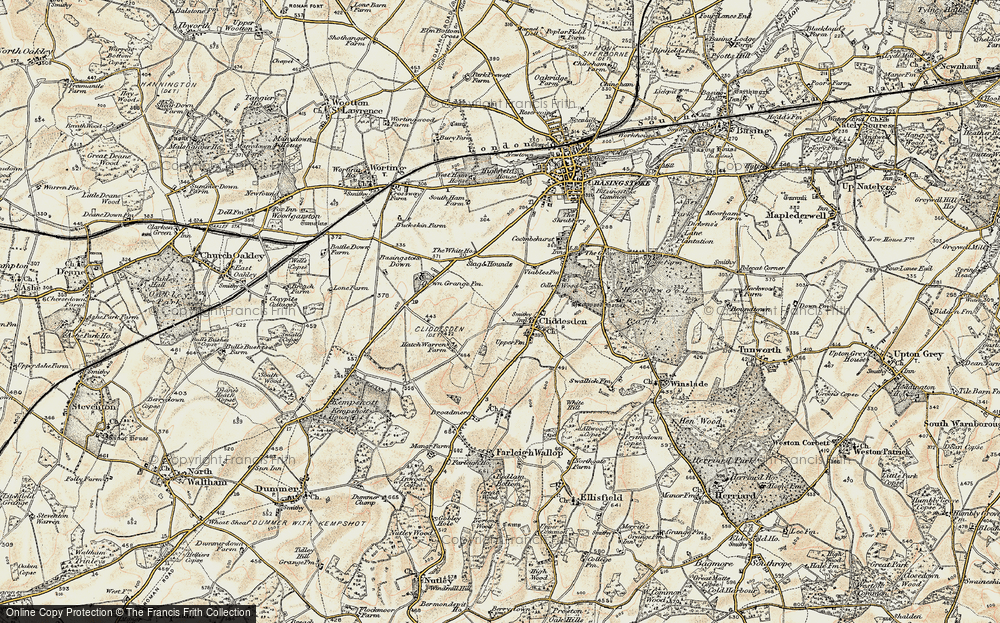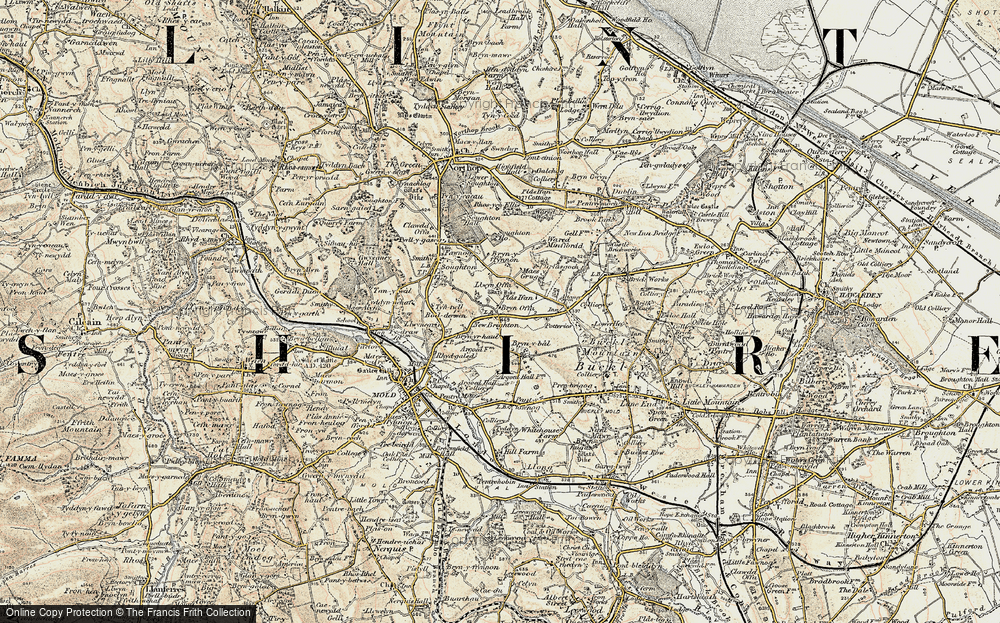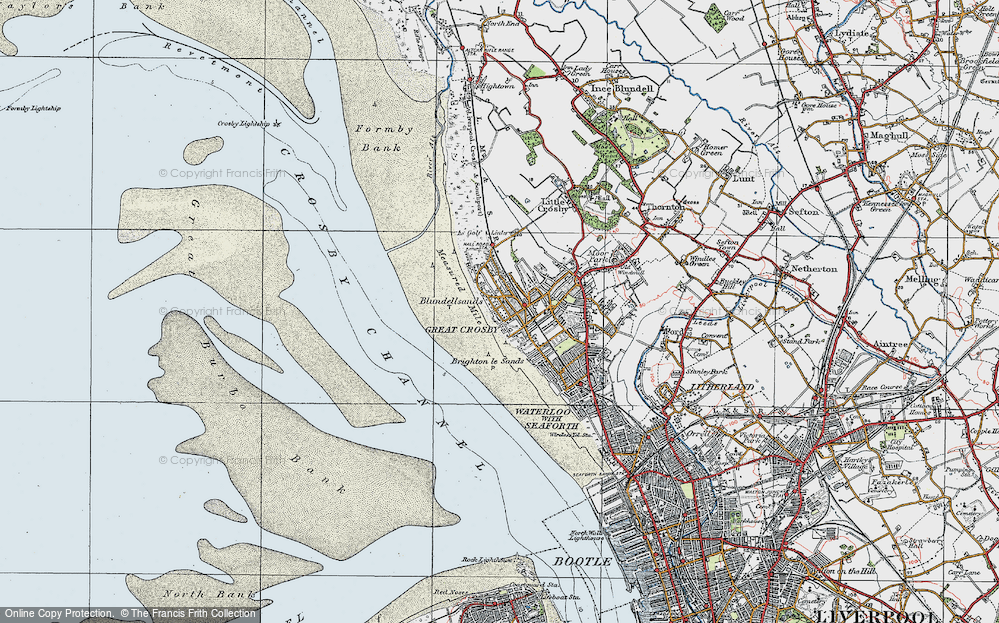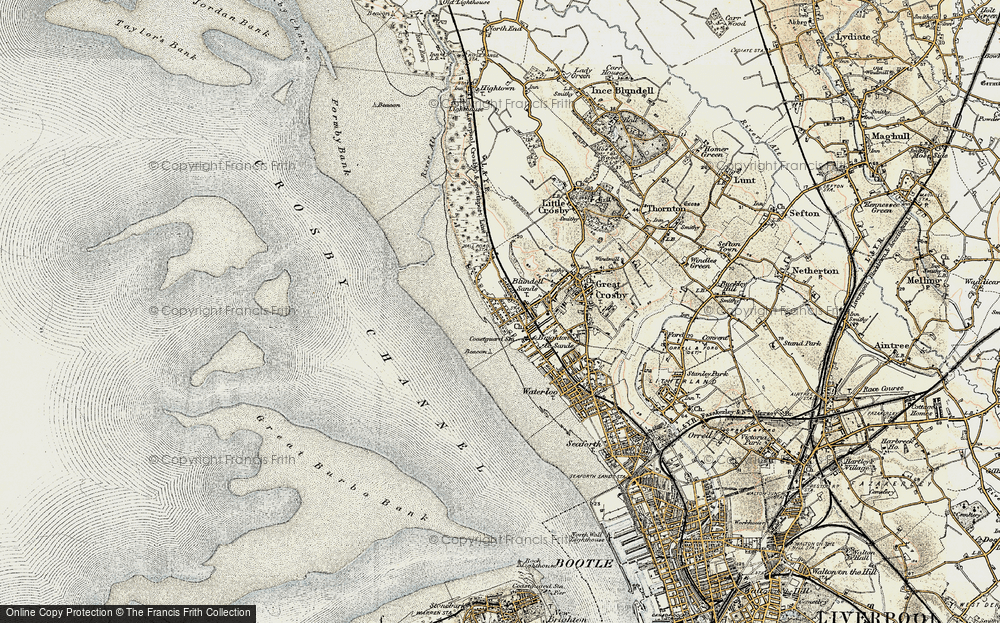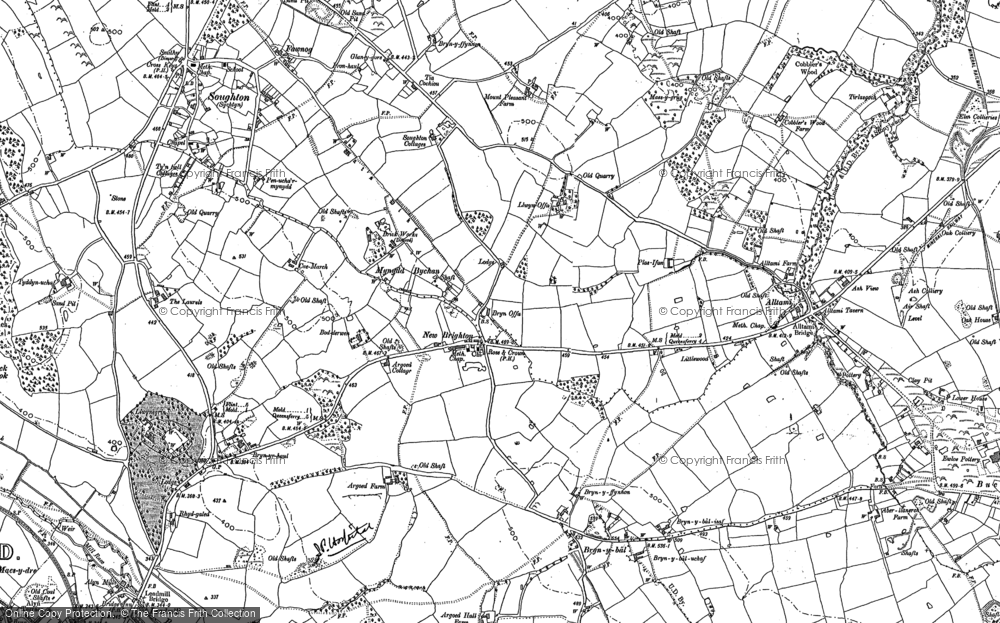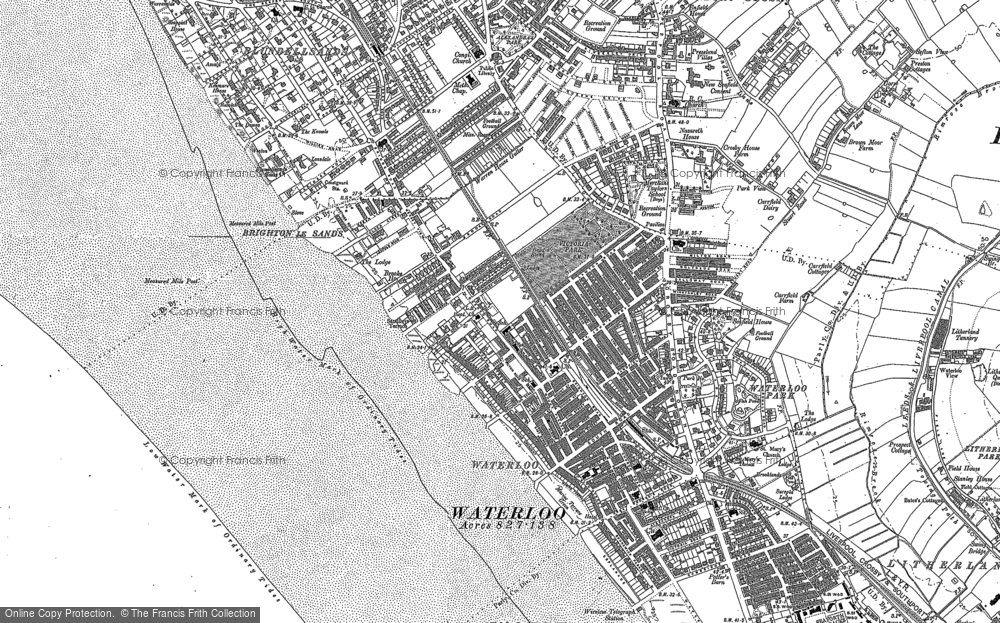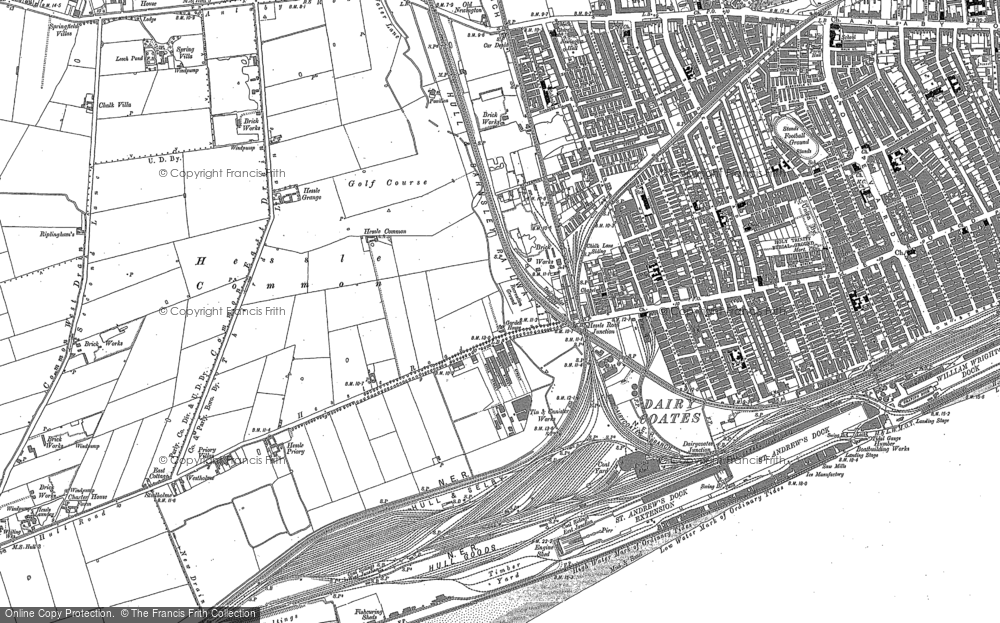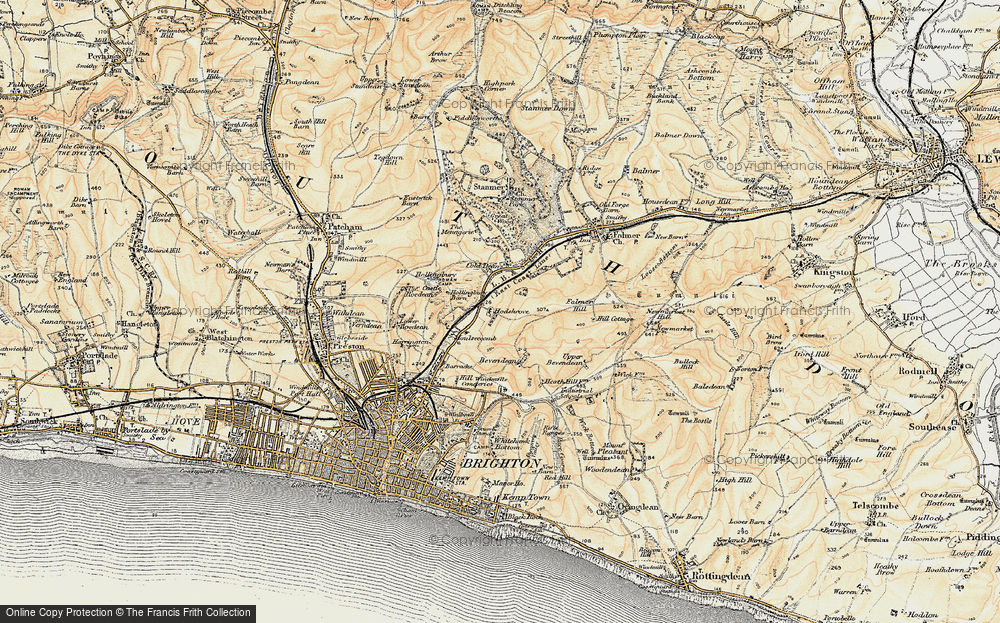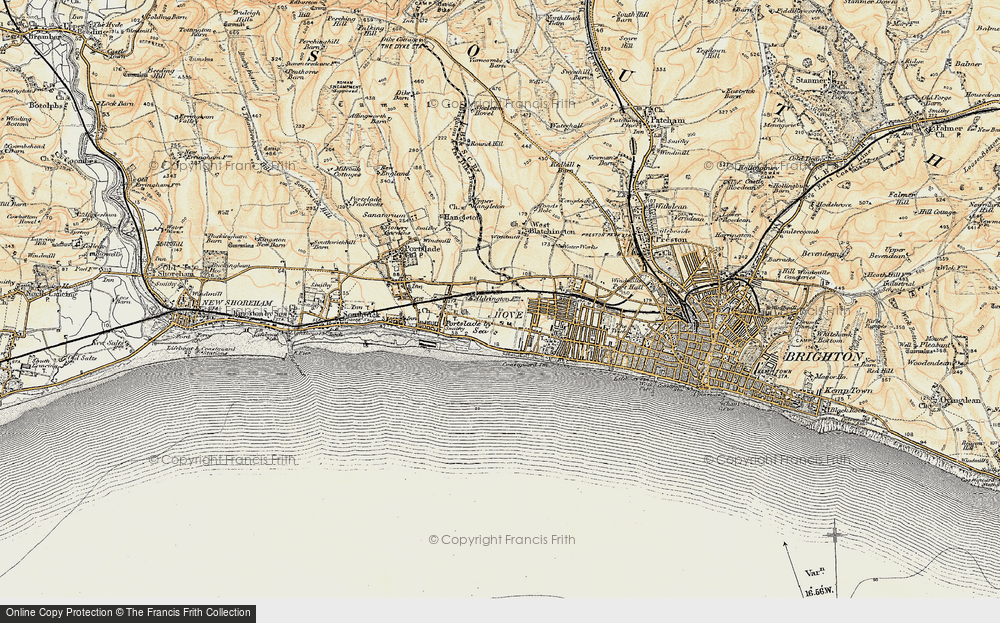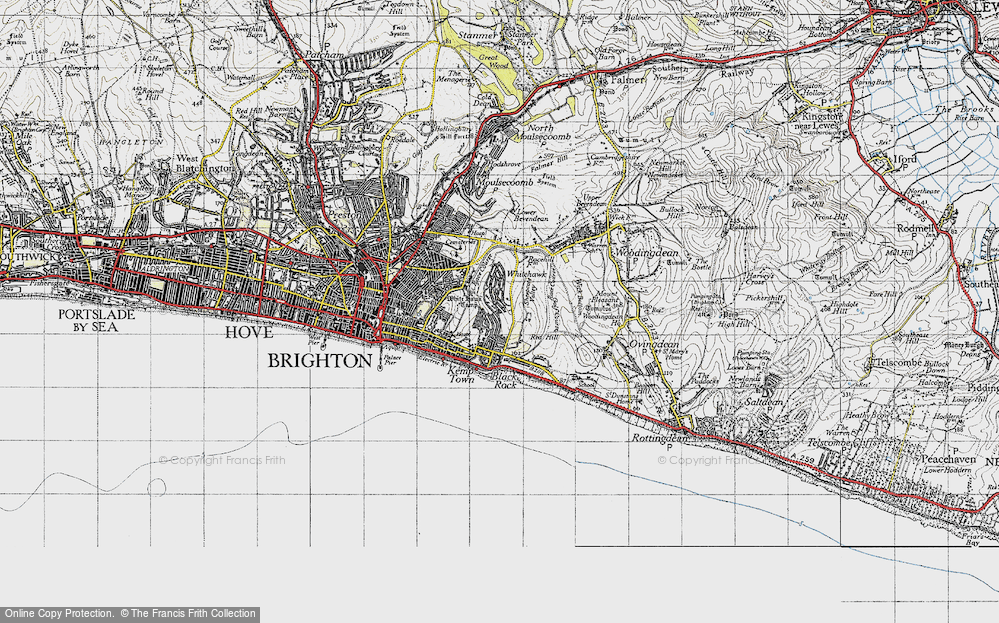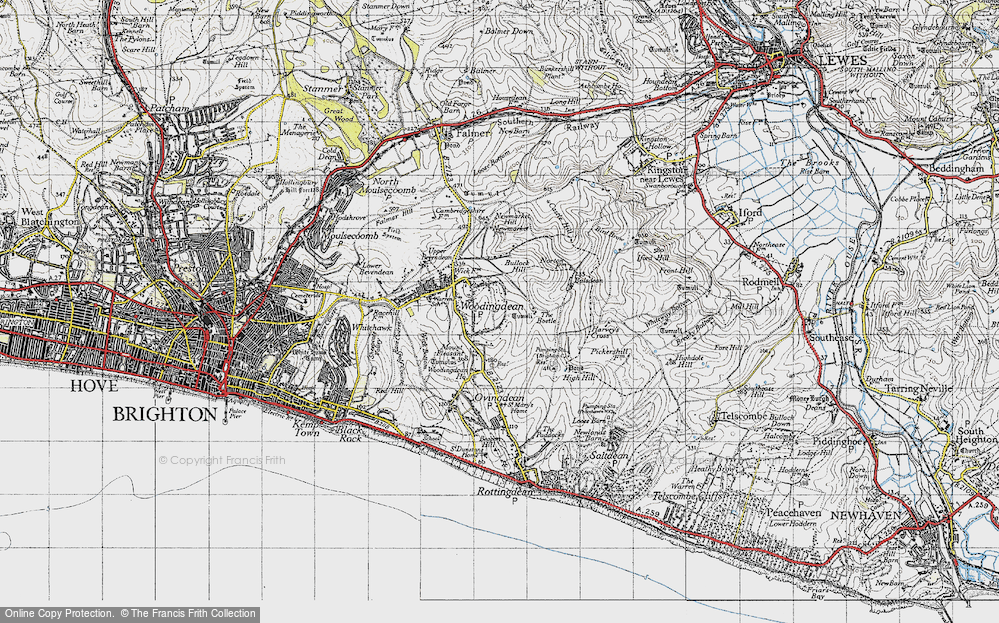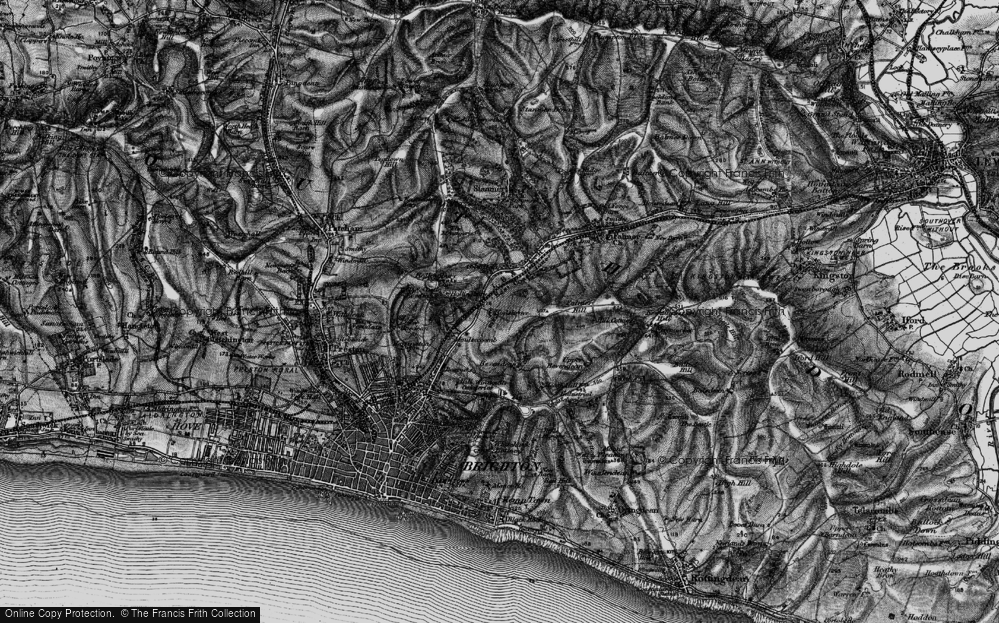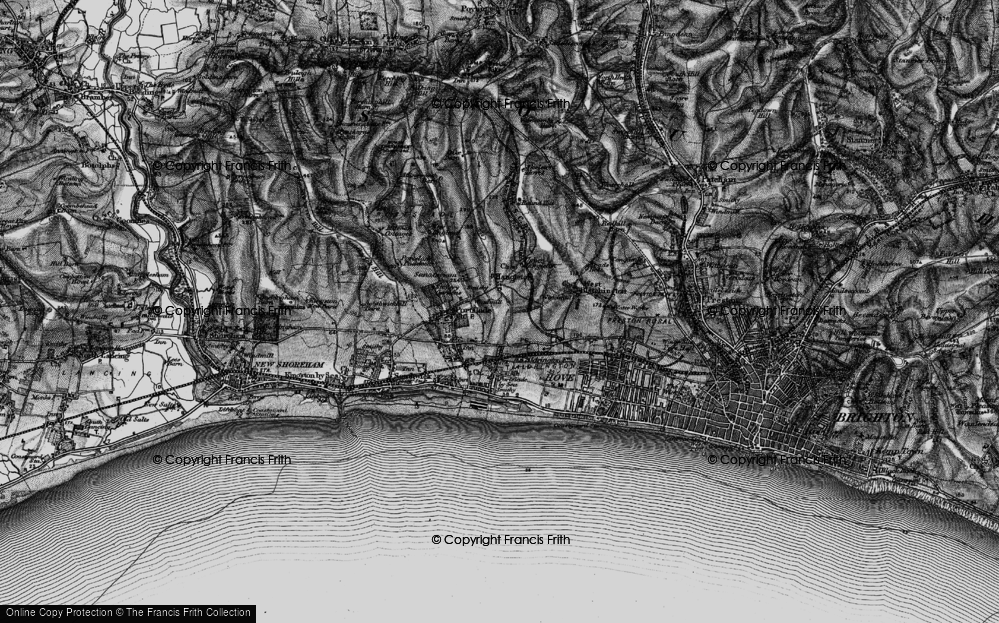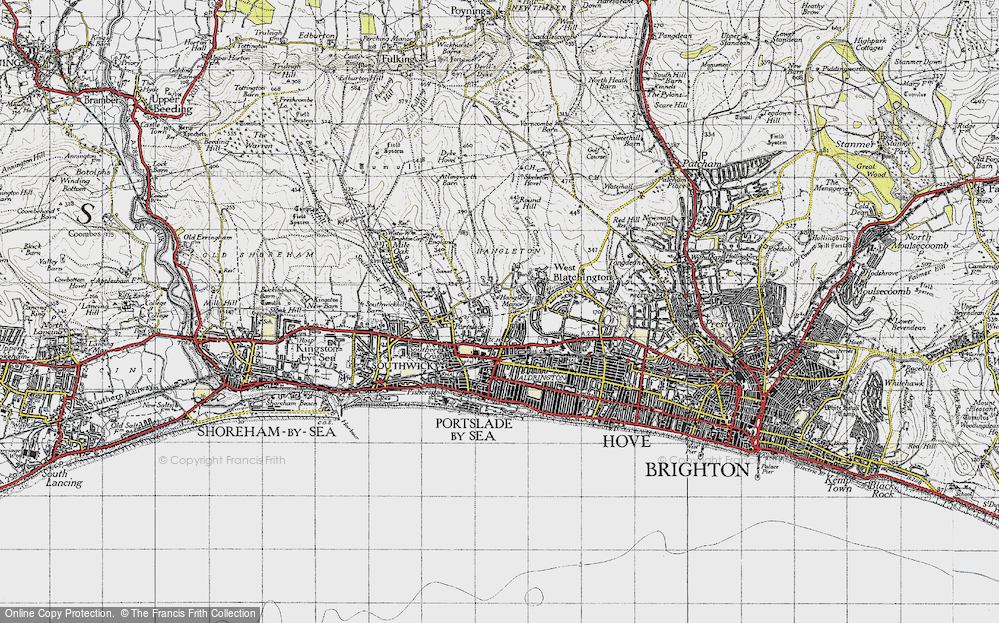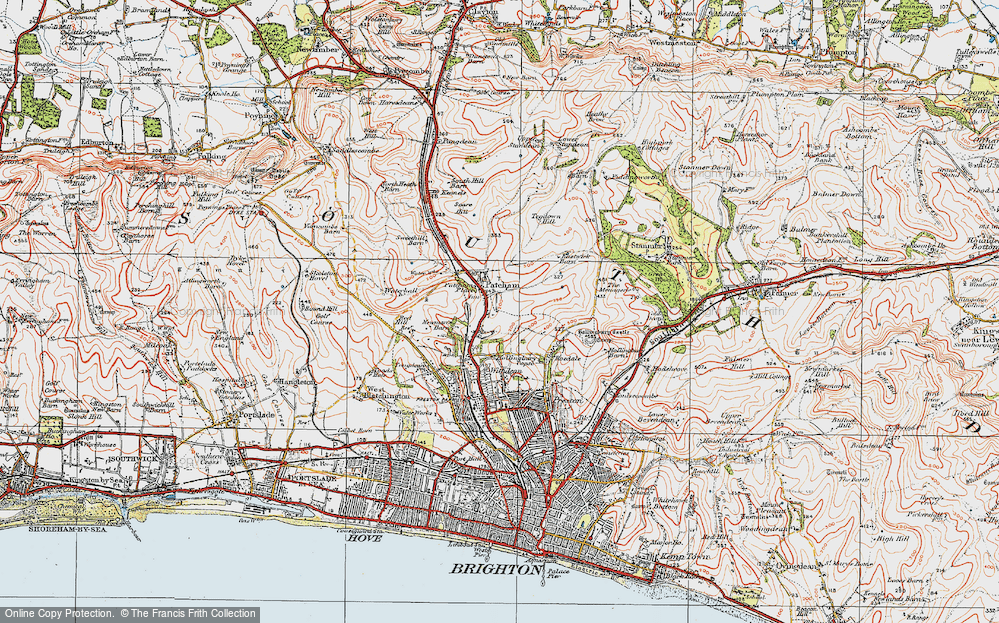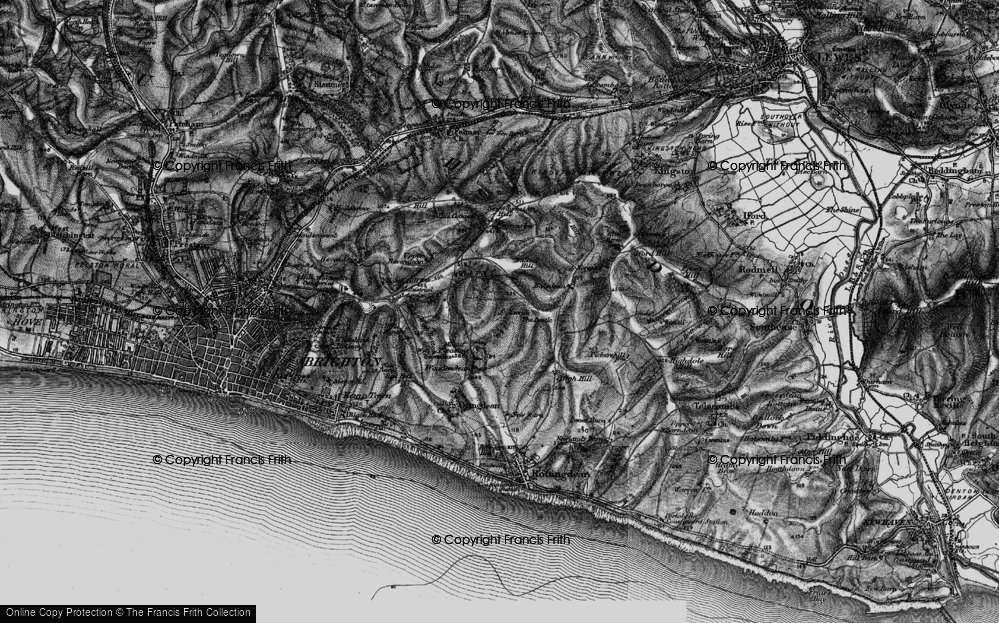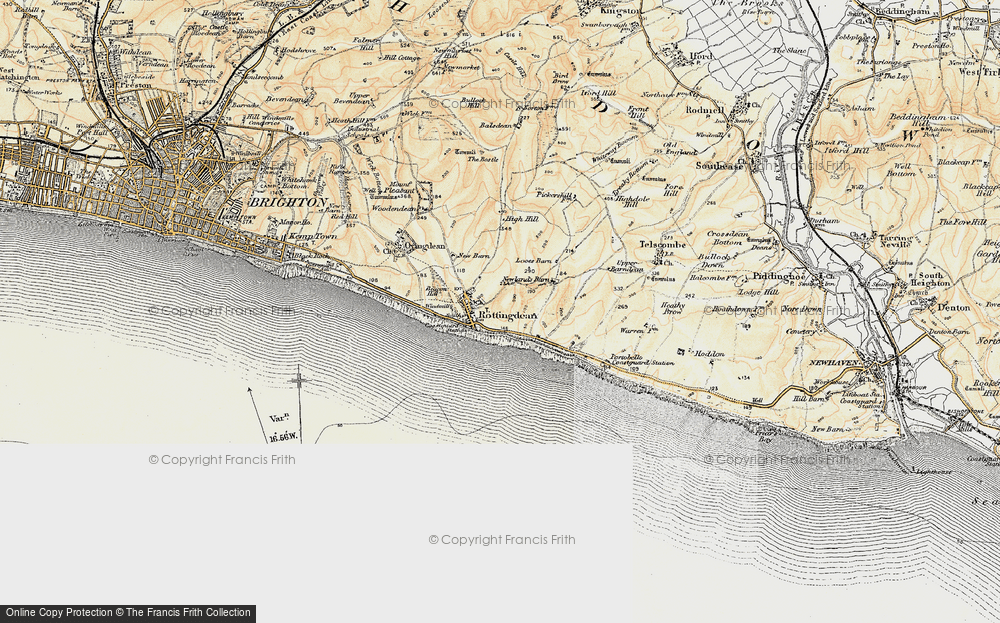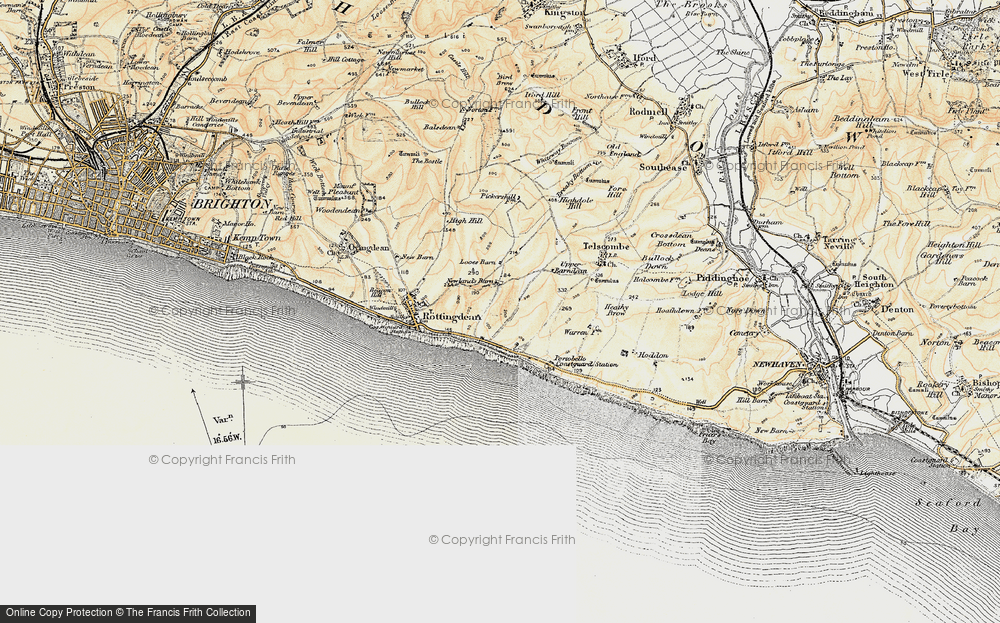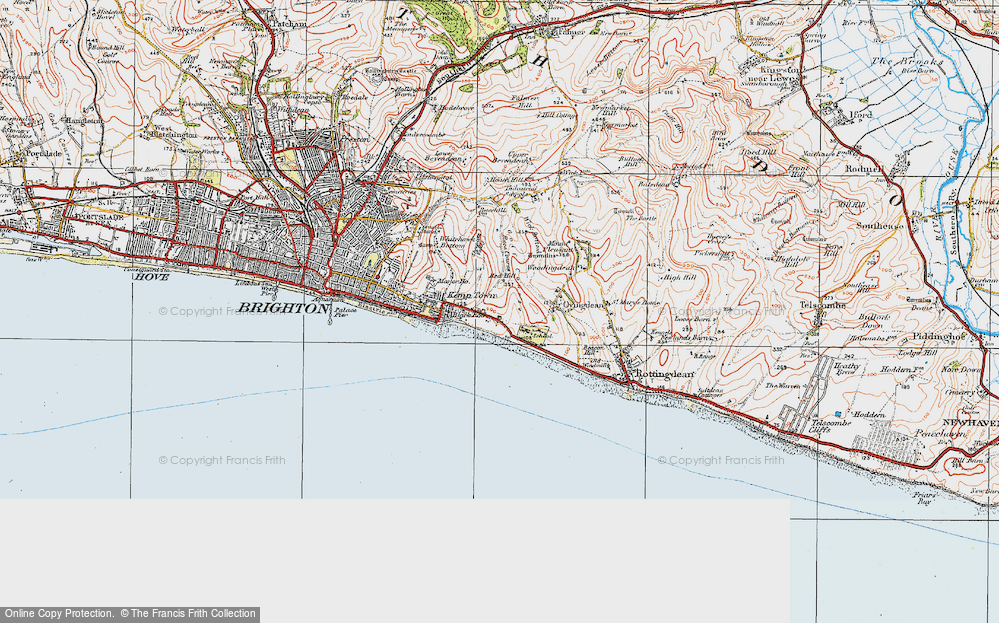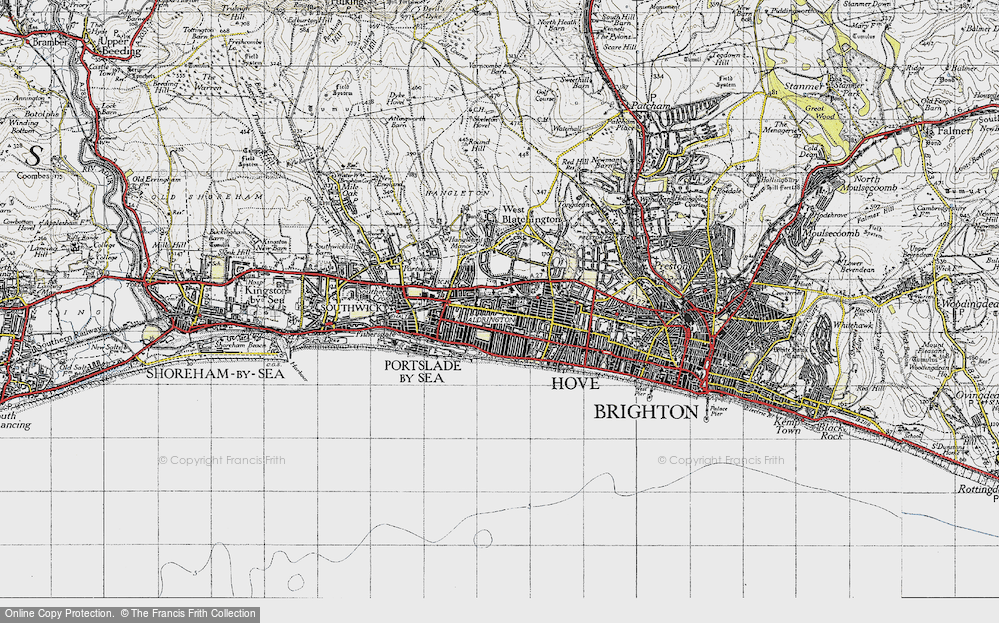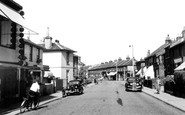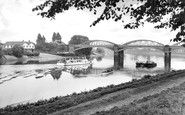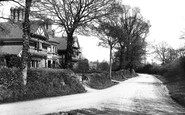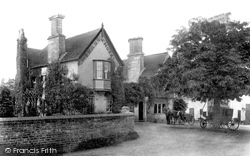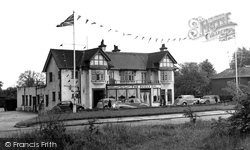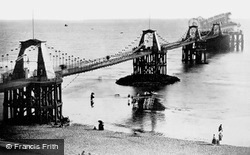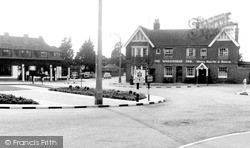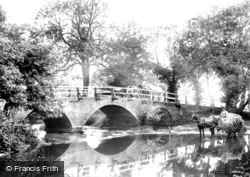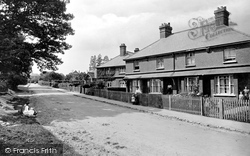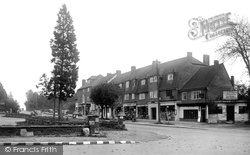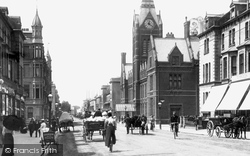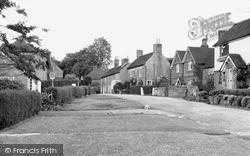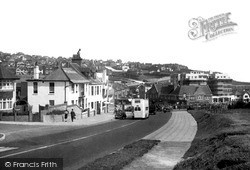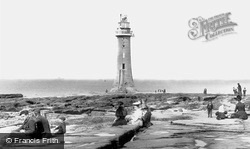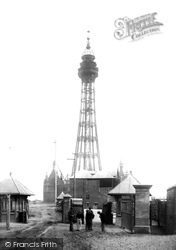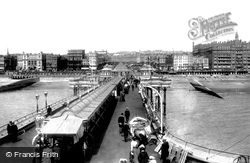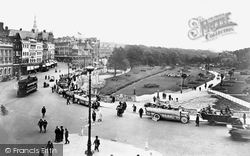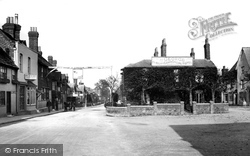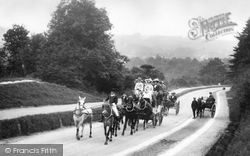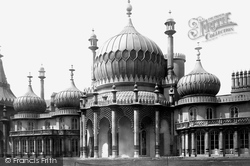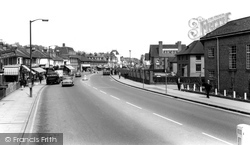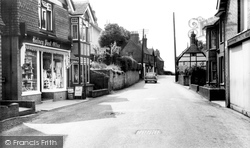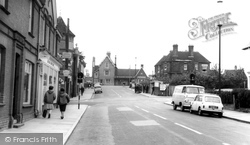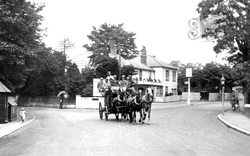Places
36 places found.
Those places high-lighted have photos. All locations may have maps, books and memories.
- Brighton, Sussex
- Hove, Sussex
- New Brighton, Merseyside
- Rottingdean, Sussex
- Saltdean, Sussex
- Woodingdean, Sussex
- Portslade, Sussex
- Mile Oak, Sussex
- Ovingdean, Sussex
- Brighton le Sands, Merseyside
- Patcham, Sussex
- Brightons, Central Scotland
- Brighton, Cornwall
- New Brighton, Yorkshire (near Morley)
- New Brighton, Hampshire
- New Brighton, Clwyd (near Mold)
- Brighton Hill, Hampshire
- New Brighton, Yorkshire (near Shipley)
- New Brighton, Clwyd (near Wrexham)
- Preston, Sussex
- Black Rock, Sussex
- Hollingbury, Sussex
- Hollingdean, Sussex
- Moulsecomb, Sussex
- North Moulsecoomb, Sussex
- Westdene, Sussex
- Whitehawk, Sussex
- Aldrington, Sussex
- Coldean, Sussex
- Kemp Town, Sussex
- East Moulsecoomb, Sussex
- Roedean, Sussex
- West Blatchington, Sussex
- Bevendean, Sussex
- Stanmer, Sussex
- Withdean, Sussex
Photos
540 photos found. Showing results 41 to 60.
Maps
181 maps found.
Books
2 books found. Showing results 49 to 2.
Memories
187 memories found. Showing results 21 to 30.
Streatham Hill Theatre
In 1973 I became the general manager of Streatham Hill Theatre, managing the Mecca Social/Bingo club. It was the flagship club of the company and was every manager's dream to run it. Previous managers were Robin Pritchard, ...Read more
A memory of Streatham in 1973 by
County Oak Tushmore Sports And Social Club
So named because members were from north of Crawley on the main A23 Brighton Road, not big enough to be a village, but a hamlet stretching half a mile north and south of todays Manor Royal Estate ...Read more
A memory of Crawley in 1954 by
County Oak And Tushmore Sports And Social Club
Tushmore Lane and either side of the main A23 had properties forming the catchment area for club members, also another general store and petrol station. County Oak boasted a recreation ground ...Read more
A memory of Crawley in 1953 by
Perry Street/Pelham Road South
I live in West Sussex [between Brighton and Worthing] now but lived in Northfleet until 1971. Several photos bought back some vivid memories. In 1955 I would have been attending Cecil Road junior school, just off ...Read more
A memory of Northfleet in 1955 by
Innocent Happiness
I was born just after the Second World War and like many people came from a fairly poor working class background. I was, however, blessed in many areas of my life and one of them was having an aunt who lived at 8 Hamilon ...Read more
A memory of New Brighton by
Childhood In The Village!!
I was devastated in 1964 when my mother told me we were to leave the village so that my mother could pursue her dream of owning her own small business elsewhere. It was a dreadful culture shock, one that has remained ...Read more
A memory of Mollington in 1961 by
The Howard Family Of Barnes And Hammersmith
My Great-Great-Grandad, Henry Howard, lived in the early 1800’s - a time of great rural depression - and so he left his Devon home to look for work in London with the result that several generations of my ...Read more
A memory of Barnes in 1870 by
Brighton Bypass
I can remember going up onto Southwick Hill with my son Gary and his friend Ben the day before the opening of the Brighton bypass. I told them that it would never again be as quiet as it was now!! Dave Smith.
A memory of Southwick by
Eversley, 1971 1983
Dear Jan, I have found this website quite by chance! I first moved to Eversley with my family as a child (aged 6) in July 1971. My mother became the sub postmistress and we lived in the purpose build, red brick 5 bedroomed ...Read more
A memory of Eversley by
Visiting Salford Circa 1955 60
My Grandparents Henry and Alice Dorning lived on Brighton Street which on trying to trace the existence of has proved to be a struggle. I remember visiting them with my parents at the age of 5-9 years of and at the time ...Read more
A memory of Salford
Captions
170 captions found. Showing results 49 to 72.
The Swan, which dates back to the Middle Ages, was originally known as the Yew Tree (after a nearby yew) but changed its name in the 18th century when it was a busy inn on the London-Brighton turnpike
The Sugar Bowl with its colourful decorations is seen from the opposite side of a narrow- looking Brighton Road.
After the railway arrived, Brighton's continued popularity was assured. Designed by Captain Samuel Brown in 1823, the pier was like a four-span suspension bridge, jutting about 1,000 ft into the sea.
The Wheatsheaf Inn, for many years an important staging post on the Brighton to Hastings route, was rebuilt in 1886.
A view across the River Bourne, a tributary of the Thames, with a hay cart fording the river and horse and cart and mounted horseman looking down from the bridge at the lower end of Brighton Road.
In this view, looking eastwards over the gardens, Hove's famous Lawns are clearly visible, and Brighton's West Pier can be seen.
These compact, if undistinguished, houses still stand behind the Fox on the Hill in Smithy Lane, as it leads towards the busy A217 Brighton Road.
The parade of shops at the junction of Reigate Road and Brighton Road has an unfamiliar appearance without traffic lights and the extensive Shell Garage.
Always jealous of its independence, Hove evaded big brother Brighton's dominance and obtained borough status in 1898.
Pronounced Slaffham, this quiet village lies close to the A23 London to Brighton road. Note the row of houses on the right - a varied mix of stone houses and tile-hung properties.
Fine sea views can be obtained from the regular summer open-top bus service which runs from Brighton to Rottingdean, a picturesque village situated in a dene, or valley in the downs.
The foundation stone of the New Brighton lighthouse was laid on 8 June 1827 by Thomas Littledale, Mayor of Liverpool.
The New Brighton Tower was completed in 1898, about eight years after the Blackpool Tower.
This is clearly demonstrated in this fine panoramic view of Brighton from the West Pier, which was designed by Eugenius Birch and opened in 1866.
By the 1920s Bournemouth had become a major south coast resort, rivalling Brighton and Torquay.
The medieval settlement of Crawley, situated half way along the London to Brighton Road, was ideally located to become an 18th-century coaching town.
After the opening of the railway from London to Brighton in 1841, the coaching era came quickly to a close.
Brighton Pavilion is a fitting reminder of this town's emergence as a seaside resort.
He published a treatise on the advantages of sea-bathing, recommending Brighton very strongly.
The Red Lion public house, the Water Works and Coulsdon Library on the east side of Brighton Road contrast in style and date with the Victorian terraced houses and shops opposite.
Opposite in the 1950s was Payne Transport, a family-run business which also had depots in nearby Handcross and Brighton.
Previously a journey from London to Portsmouth entailed one of two options: to go to Croydon and then to Brighton, with a change there onto the South Coast line to Chichester and Portsmouth, or
Although his business was in banking and railways, his great love was coaching, and his coach travelled daily to and from Brighton.
The Venture coach-and-four, made a number of promotional journeys from London to Brighton, but these passengers arrayed in top hats are probably bound for a race meeting at Epsom.
Places (37)
Photos (540)
Memories (187)
Books (2)
Maps (181)


